|
|
Post by johnnypt on Jun 3, 2021 7:12:41 GMT -5
Man, Abbot and Costello was one of my favorite shows. Lou Costello is almost unmistakable. If it was just a resemblance it'd be an uncanny one for sure. It was on MeTV a few years back, then moved to Amazon Prime. It's now on imdb, which means you get two commercial breaks just like the old days. As a kid I liked the shows where they had the clips at the beginning (Season 1) more than the ones with the "Hey Abbott!" opening (Season 2). Rewatching them now I haven't changed my opinion. |
|
|
|
Post by linefacedscrivener on Jun 7, 2021 15:14:27 GMT -5
Man, Abbot and Costello was one of my favorite shows. Lou Costello is almost unmistakable. If it was just a resemblance it'd be an uncanny one for sure. It was on MeTV a few years back, then moved to Amazon Prime. It's now on imdb, which means you get two commercial breaks just like the old days. As a kid I liked the shows where they had the clips at the beginning (Season 1) more than the ones with the "Hey Abbott!" opening (Season 2). Rewatching them now I haven't changed my opinion. Nor my opinion either. I've been watching them on Amazon Prime for the past two or three months while I eat my lunch. |
|
|
|
Post by linefacedscrivener on Jun 7, 2021 15:23:42 GMT -5
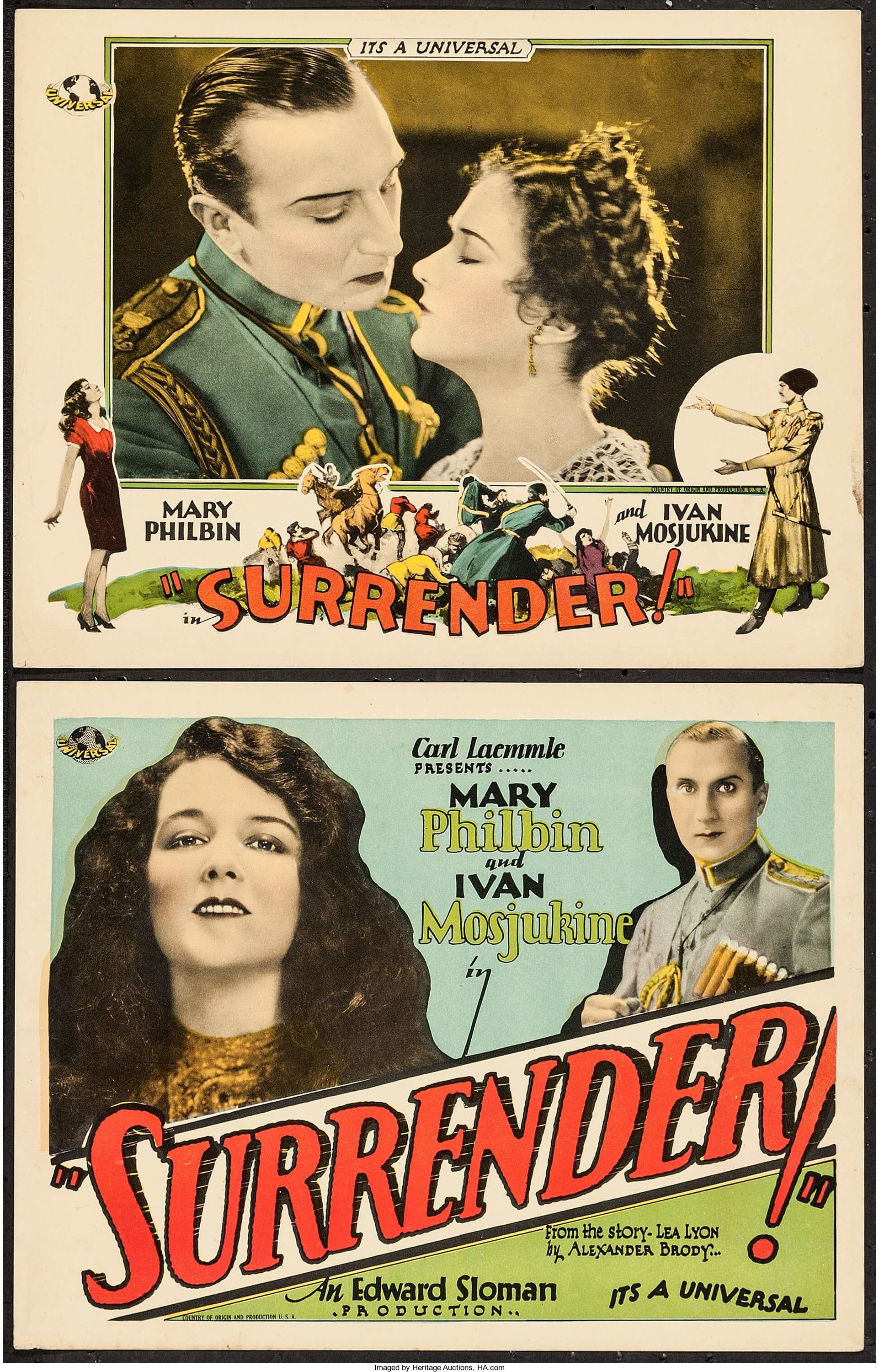 Surrender (1927) Surrender (1927)
“I recommend this movie without reservation.” — The Junto, September 1928 Release Date: November 3, 1927 REH Rating: * * * * *
As REH provided an in-depth review of this movie, I will just spend some time providing details of the film and then I will let Robert E. Howard review the film in another post. The basic synopsis of the film, as found on the American Film Institute’s website, is as follows: “Lea Lyon, daughter of Rabbi Mendel, spiritual advisor of a Galician town near the Russian border, is playing by a stream when she meets Constantine, a Russian prince in peasant's garb. Objecting to the attentions paid his daughter, the rabbi insults the prince. Later, war is declared, and the Russians under Constantine occupy the town; the prince invites himself to the rabbi's home, demanding Lea, but finds her betrothed to Joshua. He threatens Joshua, who pleads with Lea to surrender to the prince, but she refuses. When Constantine threatens to burn the town and its inhabitants, Lea yields to the entreaties of the crowd. Impressed by her character, the prince discovers he loves her and spares the town and the girl; she hides him from the Austrian guard, and sent from her home, she is stoned by her people; the rabbi is killed, but the prince escapes. After the war, he returns to Lea.” The film was produced on 8 reels and the film’s length comes to 1 hour and 17 minutes. It is in relatively good condition and can be watched online, though it seems all the versions are entirely silent so if you watch it, you might want to play some music in the background. The film premiered in New York City, opening on November 3, 1927, and was a Universal production. It is noted that sometimes the film is titled Surrender!, while in others the exclamation is left off. And here, without further ado, is the film Surrender: |
|
|
|
Post by linefacedscrivener on Jun 8, 2021 11:55:26 GMT -5
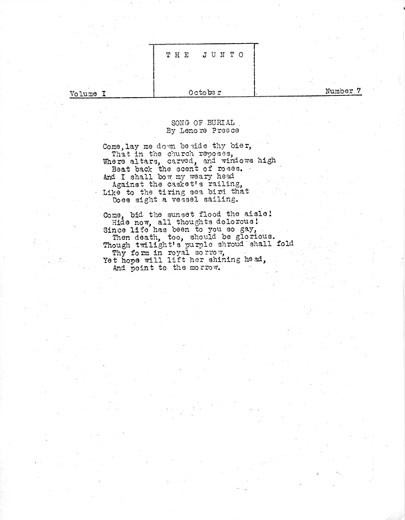 Source: howardworks.com/JuntoV1N6-September1928.htmlSurrender — Your Money or Your Vice
by Robert E. Howard, The Junto[Note: The following is a rare treat, for not only did Howard comment on the film Surrender (1927), he also wrote a film review for the monthly travelogue, The Junto, that was shared among his friends. The film review was published in the September 1928 issue, Volume I, Number 6, and what he wrote follows.] There are many foreigners at present beating Ellis Island by impersonating movie actors, but there is no more flagrant example than Ivan Mosjukins. I have just seen “Surrender” and have a few words to say thereon. I do not know whether this is an old picture or not, nor do I give a damn. I wish to review it and I do not consider age or quality. No one is forced to read this if he does not wish to. This picture follows the ancient and musty theme first exploited by de Maupassant, and is unusually dreary and lacking in interest — at least to one who likes a few lusty right swings and straight lefts mixed in with the plot. Mary Philbin, in spite of her remarkably beautiful eyes, succeeds in looking like the high road to Hell most of the time, especially when she has her hair done up in the Yiddish style. Nigel de Brulier, as usual, turns in a fine performance and runs away with the picture — his portrayal of a man crucified on the cross of his religion is admirable. He arouses pity, and, at the same time, such irritation for his narrowness that a universal sigh of relief wafts through the theatre when he at last stops a dornick with his dome and wafts heavenward with the wings already beginning to sprout on his shoulders. The plot is simple — so simple that one thinks wistfully of the director in connection with a butcher knife. Nigel and Mary are living peacefully in a Jewish-Austrian village when the war starts. They have fled from Russia in response to some vague instinct of self-preservation, and what they think of the Russians is nobody’s business. Then Ivan Mosjukins, a Russian prince, leads his Cossacks into the village, and, being in a merry and sportive mood, gives Mary the choice of keeping a bedroom date with him or seeing all her villagers go up in flames. Nigel makes a few scathing remarks about the sins of this life versus the joys of the next and intimates that, as far as he can see, a mere burning to death in this life has it over burning a million years in the next, seven way from the ace. So the Cossacks imprison all the villagers and start the blowtorches going when Mary changes her mind. Ivan proves to have a noble heart, he makes a few wise cracks about Mary’s appearance, ruminates on the strange effect war has on otherwise noble souls, and tells her she can go home. Mary goes into a clinch with him, and he gives her a ring, singing, “Then I’ll Come Back To You!” About this time enter the Austrian army and exit the Russian and Mary’s fiance opens fire on Ivan and wings him in the shoulder. Then Mary goes into her fiance London Ring Rules, nothing barred, and, in the melee, Ivan exits by way of a convenient window. Mary then returns to Nigel, expecting no doubt to be received with open arms by the townspeople whom she has saved from death, but they are infuriated at her for loving a foe of the country. Nigel will not believe her when she says Ivan was a perfect Galahad, and, knowing something of Russian character, I can’t much blame him. He speculates on the result of the first sin that has ever happened in his family and gives her the air, thereby lining himself up with the villagers. Still, when they start heaving cobblestones, this burns him up, and, in trying to shield the girl, he takes one on his beak, turns his righteous nose to heaven, and takes the long count. Skip some years then, and Ivan returns to the village, very socialistic, and hailing all the farm hands as comrade. He and Mary go into a clinch, and that’s that. Ivan looks, to me, like a cross between Harry Langdon, Lupino Lane, and Virginia Valli. He has a soulful look that often makes me scream with annoyance and a shoulder movement that overcomes me with rage. I always wait in breathless anticipation for him to follow this wiggle up with a paean on the clothing business. His best acting is when he wishes to be frivolous, when he strongly resembles Scrambleface Wolheim on a drunk. Ivan also has a way of examining his over grown hands in an intriguing manner, but aside from these little mannerisms, I prefer Arthur Houseman and Anita Garvin in some wholesomely vulgar comedy. After all, this picture is a good representation of the cruelty of religion. I suppose the accumulated weight of ages can so shape a girl’s soul and mind that she refuses to kiss her lover to save her fiance’s life, and hesitates when her virtue is weighed against the lives of several hundred people. A little unconsciously sardonic touch: Nigel shows Ivan a picture portraying a host of Jews being led off to Siberia, and, immediately afterward, as a part of the ritual of Holy Shabbas, thanks God for preserving the life and happiness of the race. Aye — and the ghettos of Poland and Russia knee deep in Jewish gore. Still, Nigel is the best man in the picture, and one almost feels a glow of human fellowship emanate from him as he prepares to sink a carving knife between Ivan’s shoulders. Yet, life is none too long that we should spend it in watching perambulations of Mary and Ivan. I recommend this movie without reservation. |
|
|
|
Post by linefacedscrivener on Jun 21, 2021 15:34:53 GMT -5
 "Mary Philbin, in spite of her remarkably beautiful eyes, succeeds in looking like the high road to Hell most of the time, especially when she has her hair done up in the Yiddish style. -Robert E. Howard, The Junto, September 1928 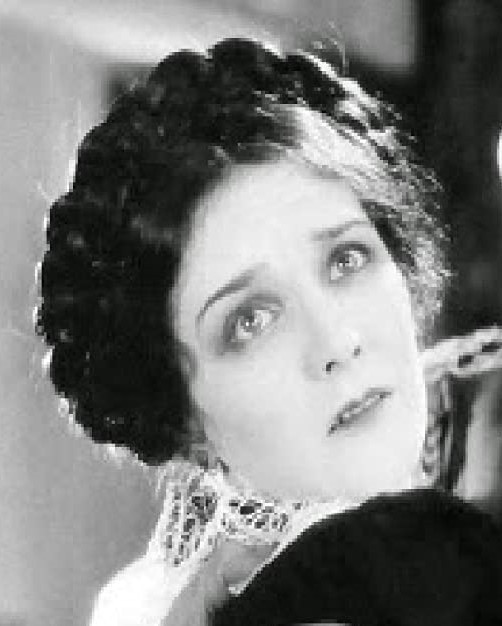 The female lead in Surrender! (1927) , as Howard points out, is actress Mary Philbin, playing the role of Lea. She was born on July 16, 1902 in Chicago, was Irish-Catholic, and was regarded as a little beauty from her earliest days. Those looks led her to win a beauty contest sponsored by Universal Pictures, which is how she made her way onto the big screen. She is noted for appearing in this film, as well was D.W. Griffith’s Drums of Love (1928), but her greatest role was definitely playing Christine Daaé in The Phantom of the Opera (1925). That still remains one of the silent era's greats and is still watchable today (though they did dub the sound later and released it as a talking film and Philbin did actually dubbed her own voice). Once the talkies came, she proved unsuccessful in making the transition and, so, she retired. She then became a recluse. I remember growing up in the 1970s, when we would go to California to do the Disneyland Hotel Antique Show each summer, and we would stay in Huntington Beach at the home of some relatives. We would often drive by “Mary Philbin’s house” and that was a big deal back then, something I did not really understand until much later. She did come out of hiding for the opening of Andrew Lloyd Webber's The Phantom of the Opera in 1986. She died on May 7, 1993. 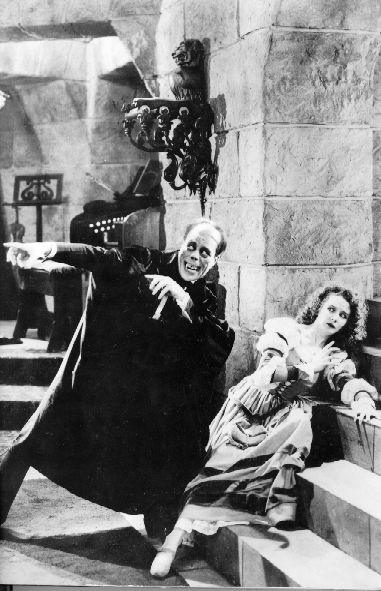  |
|
|
|
Post by linefacedscrivener on Jun 22, 2021 15:30:34 GMT -5
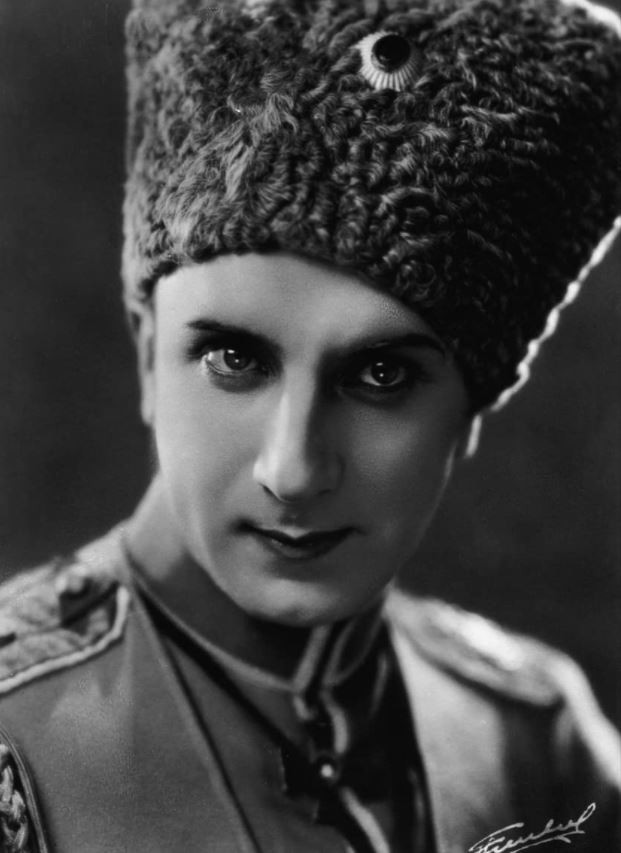 "Then Ivan Mosjukins, a Russian prince, leads his Cossacks into the village . . ." -Robert E. Howard, "Surrender--Your Money or Your Life," The JuntoThe male lead in the film, whom Howard disparages in his review, is Ivan Mosjukine. In the film, he plays a Cossack by the name of Constantine. Molsjukine was born on September 26, 1889, and died on January 18, 1939. He was a Russian silent film actor who fled Russia during the Russian Revolution, seeking shelter in Crimea. He eventually made his way to France, where he started over and became quite successful in French cinema. His popularity caught the attention of Hollywood and Universal signed him for this picture. A popular myth about Mosjukine is that after Rudolph Valentino died in 1926, they were looking for his replacement and that was when they discovered Mosjukine. The one problem was, he had a big nose, so he was asked to have it surgically reduced—something he was said to have done. The only problem is that there is no evidence for the surgery and he was actually signed by Universal before Valentino died. Not long after Surrender! (1927) was released, Hollywood converted to the talkies and Mosjukine's heavy Russian accent was not favored, so his career in Hollywood came to an end. This time he decided to become German, for he went to Germany and acted in a number of silent films in the late 1920s and early 1930s With the rise of Hitler, seeing the writing on the wall, he returned to France, appearing in a few more films, and then died of tuberculosis in 1939. During his career in Russia, he played a cool looking demon in The Night Before Christmas (1913):  And he did play a lot of Rudolph Valentino-like characters during his career in France, such as in The Lion of the Moguls (1924): 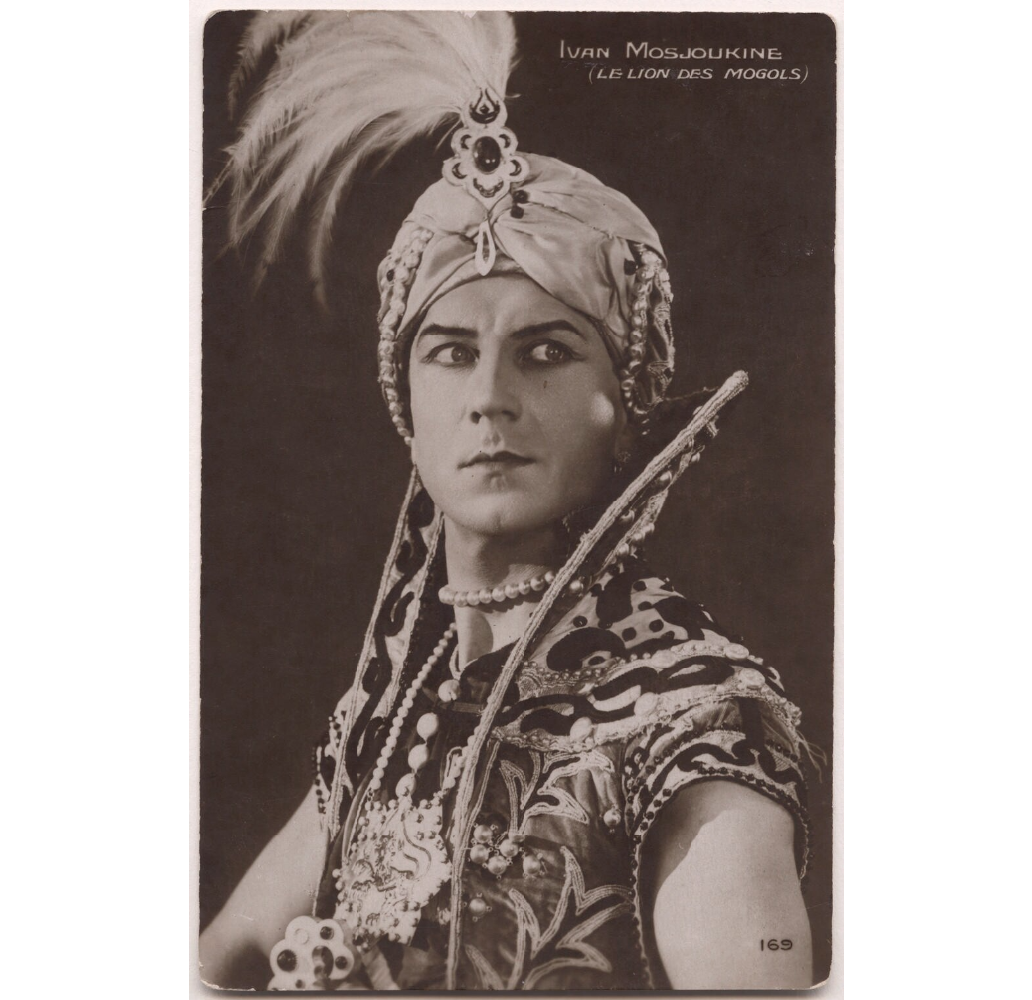 And in Germany he continued appearing in adventure films, often playing a Russian Cossack, such as in the film The White Devil (1930): 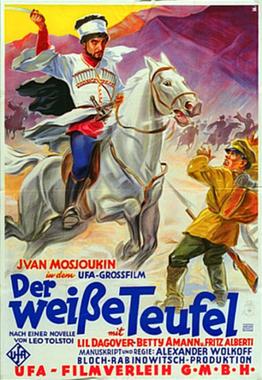 |
|
|
|
Post by linefacedscrivener on Jun 29, 2021 14:31:28 GMT -5
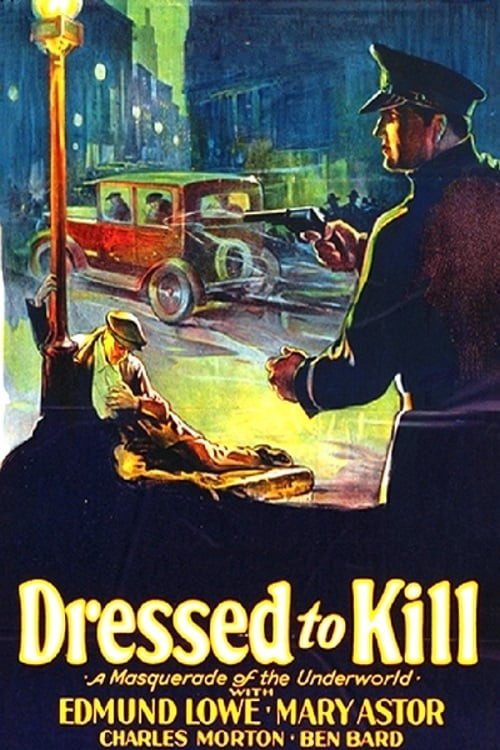 Dressed to Kill (1928) Dressed to Kill (1928)“Other pictures I recommend: Dressed to Kill; Edmund Lowe and Mary Astor. Ed Lowe is superb. Of course, I am possibly biased, as Lowe is my favorite actor among the handsome babies, and the only one who can look menacing without looking contemptible. Mary Astor in a clinging gown — oh, baby, who said that kitten didn’t have a form?” —REH in The Junto, September 1928 Release Date: March 18, 1928 REH Rating: * * * * *
There are a number of Hollywood films titled Dressed to Kill, including a good Sherlock Holmes film (1946) and the popular 1980 film starring Angie Dickinson. This Dressed to Kill came out in 1928 and is basically one of the early mob films Hollywood produced during the pre-code era. The synopsis found on many of the websites, including that of the American Film Institute, describes the movie as follows: “’Mile-Away Barry,’ a ‘gentleman’ crook, falls in love with Jeanne, a girl who has sought his help in releasing her sweetheart, a bank officer, from prison. He pays a heavy penalty for his kindness when members of his own gang shoot him down for his chivalry.” Wikipedia adds: “The gang of a mob boss grow suspicious of his new girlfriend. She's a beautiful young girl and they don't believe she would actually associate with the mob and wonder if she's really a police ‘plant.’ The mobsters dress nattily to not appear ‘out of place’ in the ritzy neighborhoods prior to a heist.” This was an odd film for searching, as I was unable to find it online, on any services I subscribe to, or for purchase, yet it does not appear on any of the lists of lost or partially lost films. On the IMDB website there is this little piece of trivia that may explain it: "Although it has never been released on VHS or DVD, a 35mm print exists in the Museum of Modern Art film archive." It does show up on some very sketchy looking websites, but I decided not to give those a try. 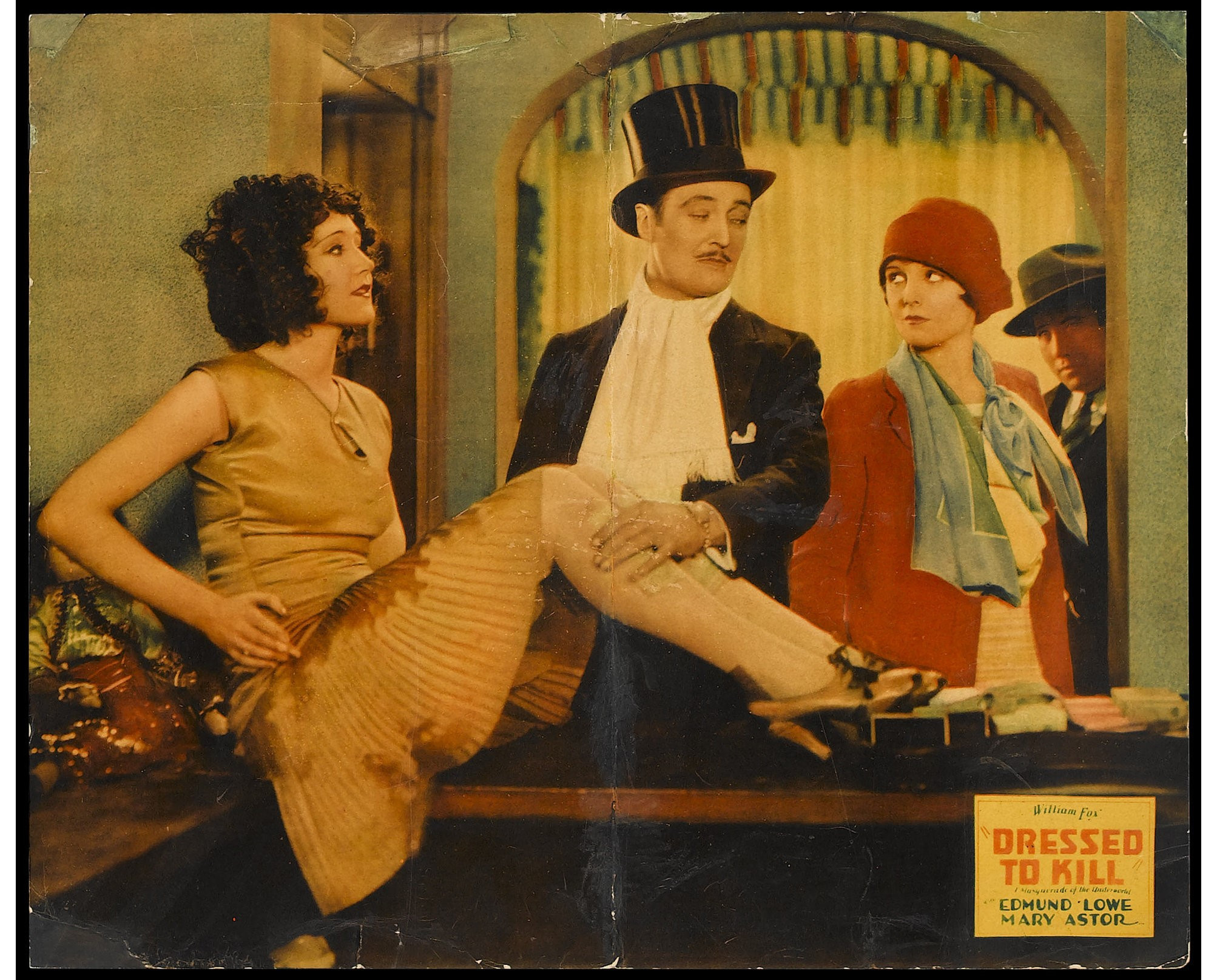 As REH mentions, the film stars Edmund Lowe and Mary Astor as seen in the previous picture. Perhaps for REH, the redeeming factor of this movie was the actor and actress. Edmund Lowe, one of Howard’s favorite actors, plays the lead of “Mile-Away Barry.” Lowe had appeared in a number of the movies Howard had already seen (and I have reviewed), including What Price Glory? (1926) and The Wizard (1927). Lowe would continue making numerous films throughout the 1930s and early 1940s, and continued acting up into the 1960s. 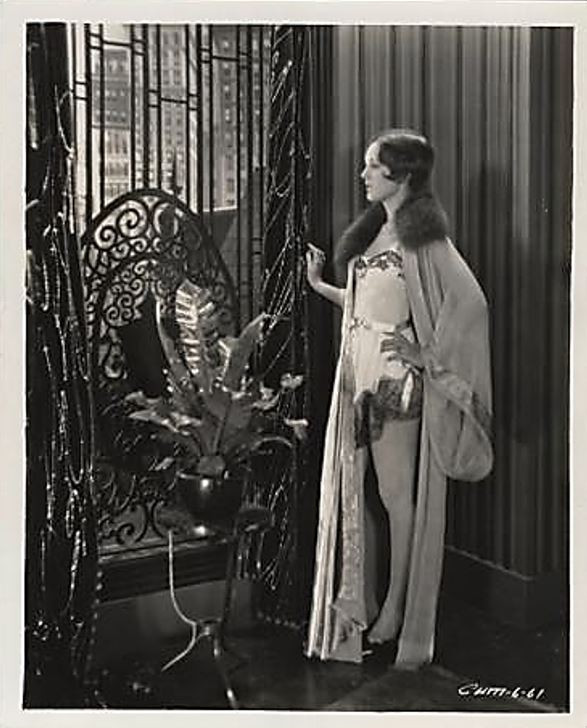 Perhaps the real reason Howard liked the movie was seeing Mary Astor in the short and clinging negligee. Mary Astor was born not long after Howard on May 3, 1906, and she died September 25, 1987, at the age of 81. She started as a silent film star who was one of the few who continued to have great success in the “talkies,” appearing in such films as The Prisoner of Zenda (1937) , Meet Me in St. Louis (1944) and, probably her most famous role: playing opposite Humphrey Bogart in The Maltese Falcon (1941). The film was released on 7 reels and runs 70 minutes long. It began production in December of 1927 and was released as a silent film having been produced by William Fox and directed by Irving Cummings, who co-wrote the story. |
|
|
|
Post by linefacedscrivener on Jul 27, 2021 14:20:02 GMT -5
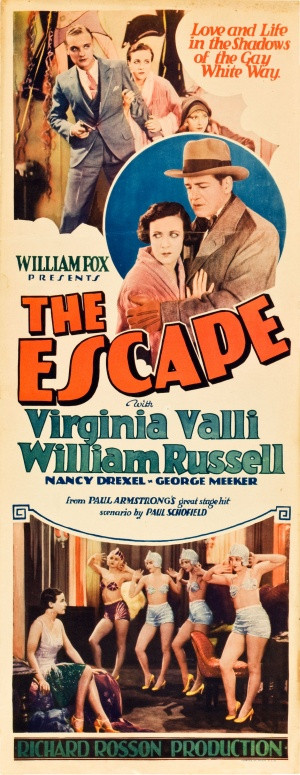 The Escape (1928) The Escape (1928)“Escape; a flop, doubtless inspired by the W.C.T.U. See it for its one high point — George Meeker doing his stuff with a bottle of Haig and Haig. Good work by William Russel, Virginia Valli, and Nancy Drexel.” —REH in The Junto, September 1928 Release Date: April 29, 1928 REH Rating: * *
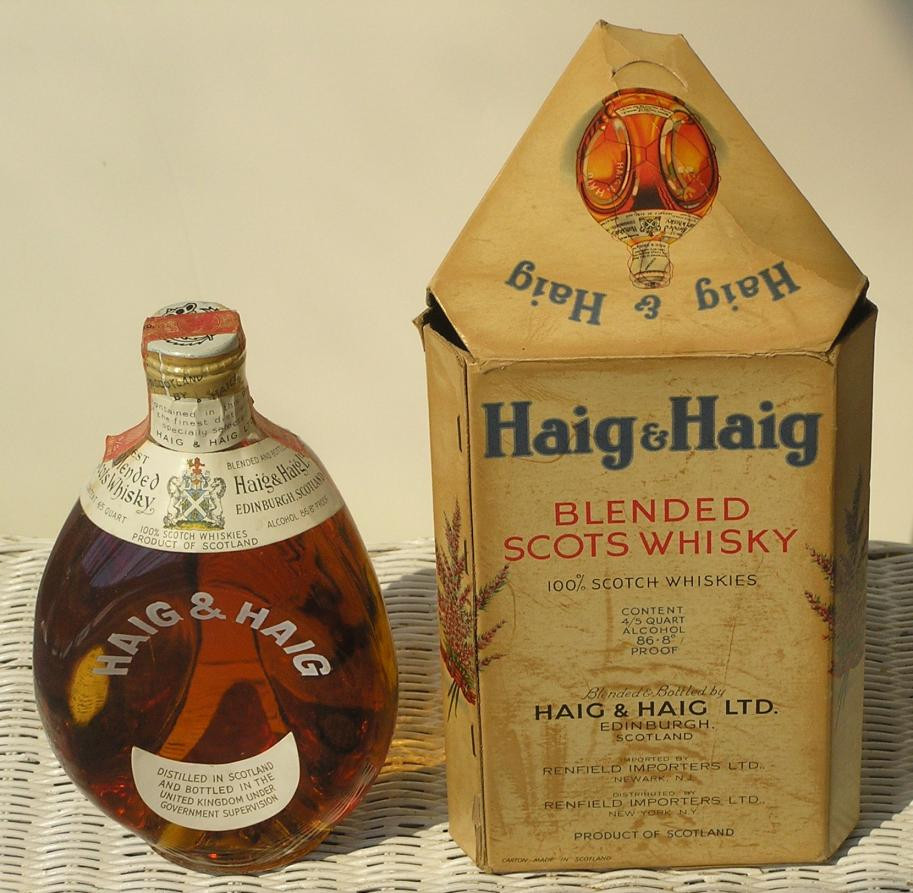 ". . . a bottle of Haig and Haig." ". . . a bottle of Haig and Haig."The WCTU in Howard’s quote above is the Woman’s Christian Temperance Union and based on the information regarding the movie, it does appear it was designed to expose all of the evil sins caused by alcohol in order to justify to movie audiences why the country was now in its eighth year of being dry. Turner Classic Movies described the plot of the movie with this synopsis: “Jerry Magee, a hospital intern, falls in love with May Joyce, a poor girl whose father is a bootlegger. May gets a job in a nightclub when her father is killed in a raid. There she works for the man responsible for her father's death. Magee loses his job, begins to drink heavily, and becomes a bootlegger. One night he makes a delivery to the place where May works. In the last few scenes Magee, May, and her sister escape from the nightclub just before the police break in for a raid.” A better review came from The New York Times after the movie came out. It noted that “the action of this ruddy piece of work is compactly filmed, but there are times when it soars from the pavements to the clouds. There are shooting scenes, with a father potted off by bootleggers; cabaret fracases in which the credulous characters imagine that chairs and tables will shield them from bullets; a big brute who talks about love to the pure night club hostess, and a rather amusing sequence showing how the various brands of whisky (which have just come off the ship) are concocted in the cellar of the place where they are served” (May 7, 1928). In explaining the title, The Escape, the review also explained “there is more than one 'escape' in this film. Don and May have a narrow escape when they flee from the cellar, where nobody but the picture director could have saved them. Then there is the 'escape' Jennie has from 'Trigger' and eventually the final 'escape' from night club life to a flowered garden in the country.” Like Howard, The New York Times, evidently found the plot and story of the movie extremely weak, but did find room to compliment the acting, saying it was “competent.”  The movie was based on an original play by Paul Armstrong that appeared on Broadway in September and October of 1913. It is known that Armstrong wrote plays to order, but I could find no evidence that The Escape has been ordered by the WCTU, but it probably would not be too surprising if that were the case. The film was released on April 29, 1928 on 6 reels, making it 60 minutes long. Not on the list of lost films, it does not appear to be available today. It was released by Fox and was directed by Richard Rosson who, in a few more years, would co-direct, alongside Howard Hawks, the well-known mob film Scarface (1932). |
|
|
|
Post by linefacedscrivener on Jul 28, 2021 11:57:24 GMT -5
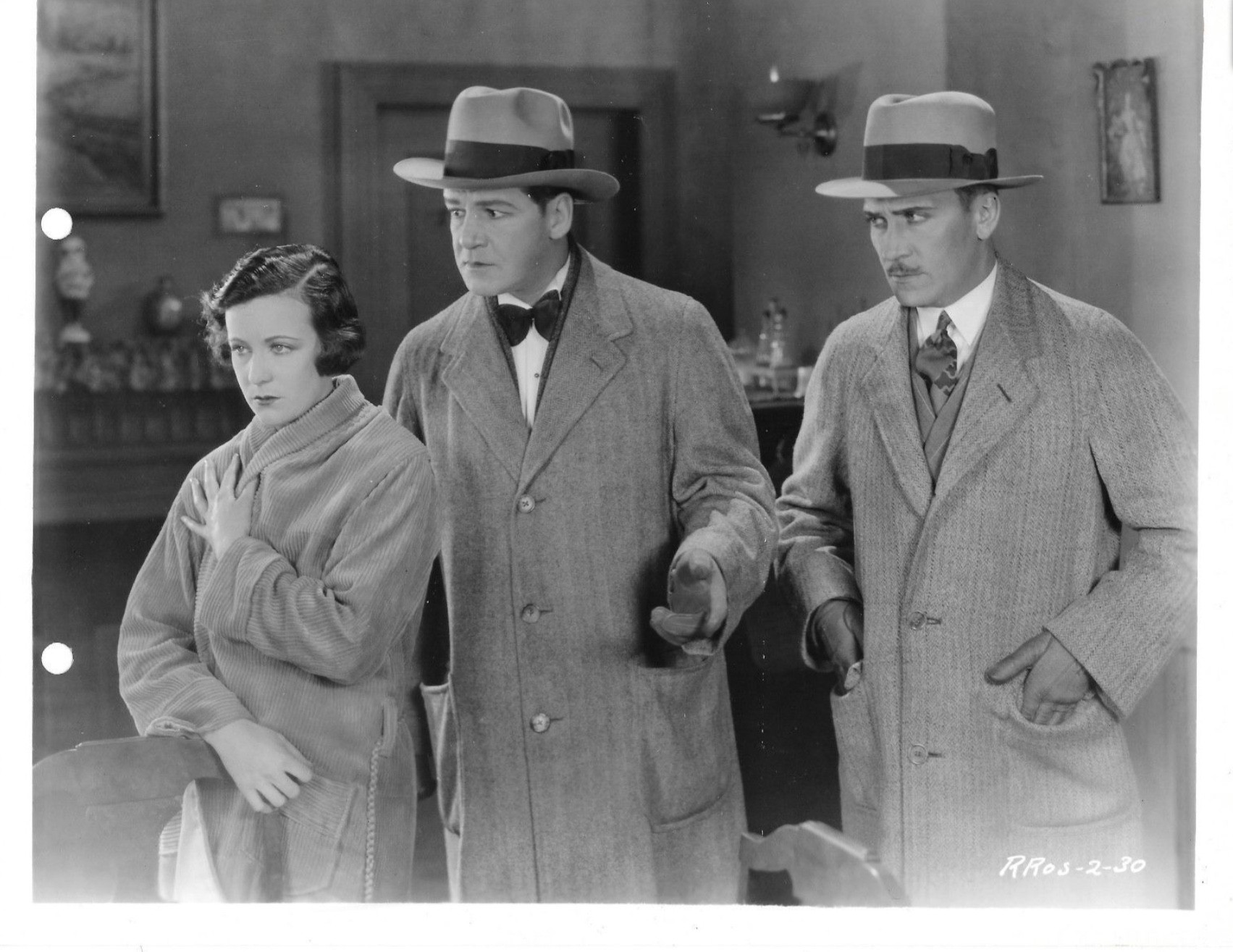
The Escape (1928)
“Good work by William Russel, Virginia Valli, and Nancy Drexel.” —REH in The Junto, September 1928 In the picture above are, left to right, Virginia Valli, William Russell, and George Meeker. Virginia Valli (January 18, 1895--September 24, 1968) was a relatively successful silent film star, but did not make the transition to “talkies.” Her career started in 1921 and pretty much ended in 1929. What I would call her most successful film, or at least one that gives her some distinction, is she played the lead role in The Pleasure Garden (1925), a movie that just so happened to be Alfred Hitchcock’s directorial debut. William Russell (April 12, 1884--February 18, 1929) was a very successful silent film star who never really had much of a chance to make it in the sound films as he died of pneumonia in 1929. Still, he made over 200 silent films in his career, which started in 1911. His last film was titled, Girls Gone Wild (1929). George Meeker (March 5, 1904--August 19, 1984) was a prolific actor who always co-starred in the films and/or played the guy you love to hate. He never really obtained top billing in his movies, mostly playing second-fiddle, but he was popular. This was one of his earliest films, but he continued making them into the 1950s. He has one of those faces and played so many roles that you recognize him in the old movies, constantly, but you have no idea who he is. Yet he appeared in such films as Tarzan’s Revenge (1938), Gone with the Wind (1939), Casablanca (1942), The Ox-Bow Incident (1943), Road to Rio (1947), and the 1948 Superman serial.  The other actress mentioned by Howard was Nancy Drexel (Born Dorothy Kitchen April 6, 1910--November 19, 1989) is pictured above. She appeared in 29 films, mostly B westerns from 1926 to 1939. Several of her films were alongside Bob Steele: Law of the West and Texas Buddies (both 1932). |
|
|
|
Post by linefacedscrivener on Aug 17, 2021 13:54:09 GMT -5
 The Tempest (1928) The Tempest (1928)
“I rather like The Tempest, even if the plot was rather thread-bare. At least it portrayed one truth: that an oppressed people exceed their oppressors in cruelty when they get the upper hand.” -REH to Harold Preece, postmarked January 4, 1930 Release Date: August 11, 1928 REH Rating: * * * *In light of the fact I was able to find this movie online and watch the entire film, I am coming to trust Howard’s movie reviews more and more. This was not a bad film, but a bit drawn out and, like he said, the plot was definitely thread-bare. John Barrymore in the lead role made the film at least somewhat entertaining. The film takes place during the final days of Czarist Russia, right before the Bolshevik Revolution. According to the synopsis of the film by the American Film Institute, “Markov, a peasant soldier, becomes an officer in the Russian Army before the Revolution. He loves Princess Tamara, who scorns him for his common origins and has him stripped of his rank and thrown into prison. During the Revolution, Markov, an important Red official, saves Tamara from execution, kills his Bolshevik leader, and makes his escape to new lands with her as his wife.” When the Bolsheviks take over from the Czars, it is the Bolsheviks who become the oppressors, thus giving rise to Howard’s comment about the movie depicting at least one truth. The film premiered in New York City on May 17, 1928, but the film was not actually released nationwide until August 11, 1928. It was produced by Joseph M. Schenck Productions and Features Productions, Inc., Originally, it appears, the film premiered on 11 reels and was 111 minutes long, however, the actual release was on 10 reels and approximately 105 minutes long. Movies during this time period were often premiered and then edited down based on audience reaction. This film was no exception. 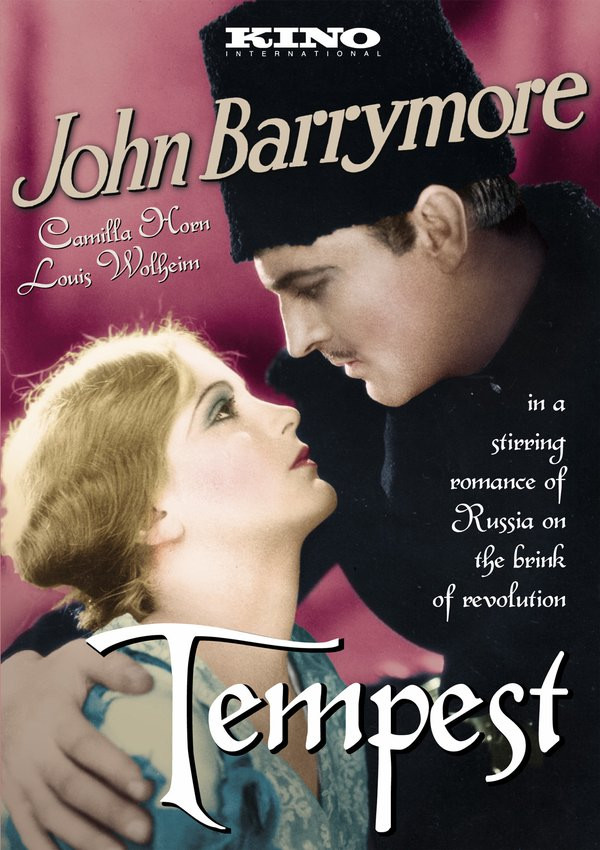 The film is available on DVD in two versions. The version above is from Kino and is a print of the original film before it was restored, and there is also a restored version. 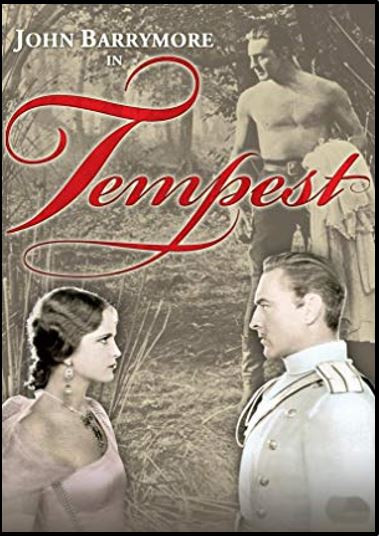 This version of the film on DVD is a restoration of the original film. It restores some footage that was cut in the 1950s. This version also gives one the choice of the original 1928 Vitaphone orchestral score or a new piano score performed specifically for the restoration. Or, you can just watch it here on YouTube, though this is not the original music score. And, just to note, despite the Spanish information for the video, the silent film interludes are written in English. |
|
|
|
Post by linefacedscrivener on Aug 18, 2021 15:18:26 GMT -5
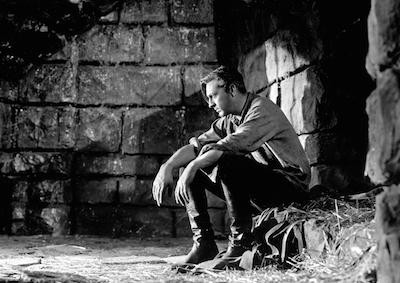 The Tempest (1928) The Tempest (1928)
“I rather like The Tempest, even if the plot was rather thread-bare." -REH to Harold Preece, postmarked January 4, 1930 John Barrymore, the lead actor in the film, was born on February 15, 1882, and died on May 29, 1942. He started acting in the early teens in the silent films and continued in the talkies until the early 1940s. He ended up with some strong roles such the 1920 adaptation of Dr. Jekyll and Mr. Hyde and playing the lead role in Sherlock Holmes (1920), and Don Juan (1926). Once the talkies came, he continued in the lead roles of such movies as Moby Dick (1930), playing Captain Ahab, and in the film Svengali (1931). Later, in the Bulldog Drummond films, he played Colonel Neilson—the character of Bulldog Drummond has often been considered the forerunner to the highly popular character James Bond. If John Barrymore isn’t well known to some, some of his children might be for the Barrymores have long been considered a “Royal Family” of Hollywood. His son, John Drew Barrymore, became a fairly well known actor, especially in television, appearing in some of my favorites, Rawhide and Gunsmoke. Like most Hollywood actors, he (John Drew Barrymore) was married a gazillion times, but one of his daughters was Drew Barrymore who gained fame from her performance in E.T. (1982). 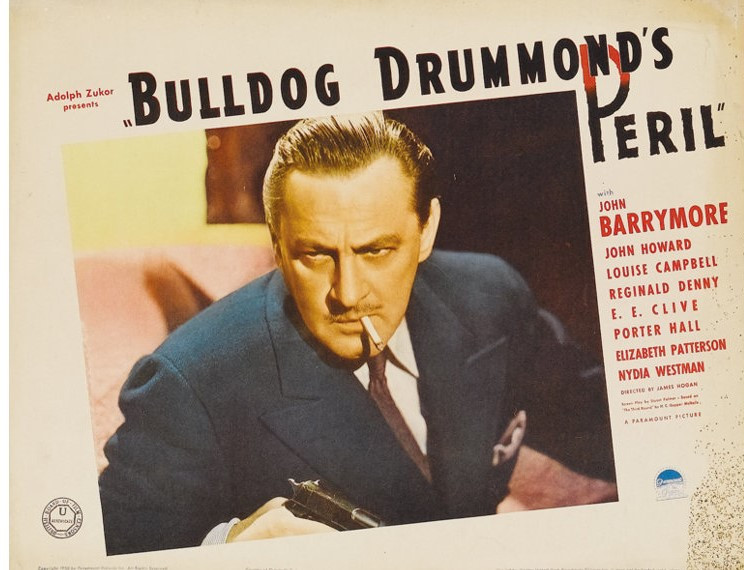 |
|
|
|
Post by linefacedscrivener on Aug 19, 2021 11:54:31 GMT -5
 The Tempest (1928) The Tempest (1928)
“I rather like The Tempest . . ." -REH to Harold Preece, postmarked January 4, 1930 Camillia Horn is the leading actress in the film, playing the part of Princess Tamara. Camilla Horn was born on April 25, 1903 and died on August 14, 1996. Born in Frankfurt, Germany, she got her start in films as an extra alongside Marlene Dietrich, but soon gained fame in Germany and then America. One of her earliest American films is The Tempest (1928). In the 1930s, she went back to her home country, but that didn’t work out so well as she was not a fan of the Nazi movement. At one point, she was imprisoned for several months because she had traveled outside of Germany without permission. She continued to make movies in both Germany and America, and a few in England and Italy. Perhaps the oddest piece of trivia about her is that Bruce Springsteen wrote a song about her and even recorded it in a studio in the early 1970s, but it was never officially released. Based on the following video, I think that was probably a good move. 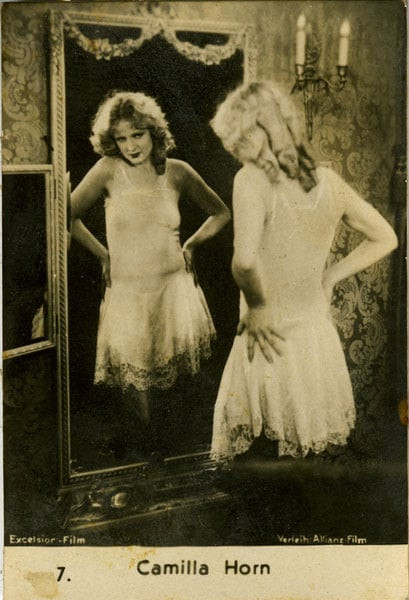 |
|
|
|
Post by linefacedscrivener on Sept 16, 2021 14:32:48 GMT -5

The Terror (1928)
“Of all the all-talking pictures I’ve really enjoyed, I can name them quickly: . . . The Terror.” -REH to Harold Preece, ca. September 1929 Release Date: September 6, 1928 REH Rating: * * * * *
The Terror (1928) is one of the films on the list on the Library of Congress' list of lost films. Sadly, there is no extant copy. The film was made just on the cusp of the talkies and it was the second all-talking film produced by Warner Brothers (the first was Lights of New York). After it was released on September 6, a silent version was created and later released on October 28, 1928, just in time for Halloween. This was common for a number of years because while Hollywood had obtained the ability to create an all-talking film, many of the movie theaters across the land did not have the capability to actually show the talking film. There were many theaters that preferred to stick with the silent films as they were cheaper. This particular movie also fed into the debate at the time, whether silent films were better than talking films (kind of like today's modern CGI debate). By some accounts, the silent version of The Terror (1928) was far superior to the talking version, thus giving the pro-silent movie crowd a film to point to for support. The film was made with nitrate film, common before 1933. The problem with this type of film is it decomposed over time. No copy was made of either the silent or talking film to preserve it, however, though a number of people have noted that the Vitaphone sound disc did survive and is currently stored at the UCLA Film and Television Archive. 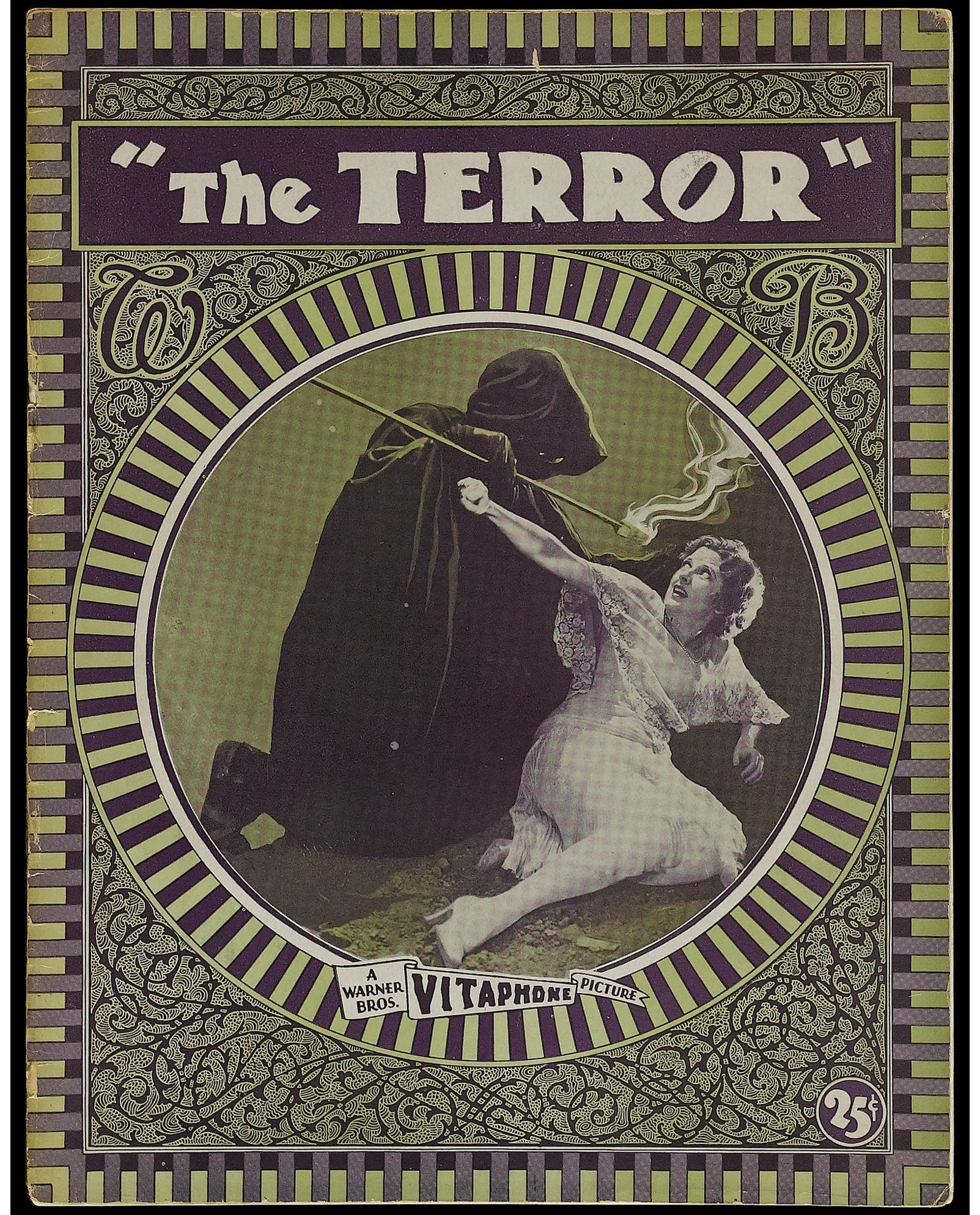 One reason that Howard may have liked this film is because it is considered the first all-talking horror film. The American Film Institute describes the film in their synopsis: “The Terror, a maniacal killer whose identity is unknown, makes his headquarters in an old English country house that has been converted into an inn. With mysterious organ recitals and strange noises, The Terror frightens the guests, who include Mrs. Elvery, a spiritualist; Ferdinand Fane, a Scotland Yard detective who is not so stupid as he seems; and Joe Connors and Soapy Marks, a couple of criminals just released from jail who have sworn revenge on The Terror. After a night of murder and mayhem, the identity of The Terror is revealed.” |
|
|
|
Post by johnnypt on Sept 16, 2021 15:08:47 GMT -5
Hmm, I wonder why no one ever tried to make a film like that again?  Kidding, if that isn't the plot to just about every old dark house (to name one) movie, I don't know what is. |
|
|
|
Post by linefacedscrivener on Sept 17, 2021 10:36:18 GMT -5
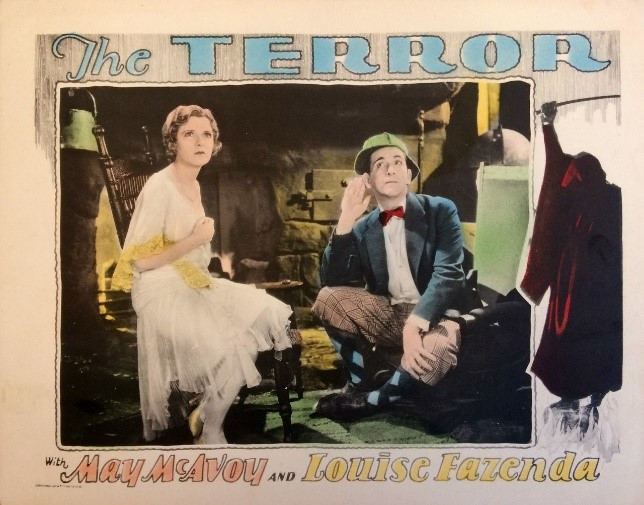 The Terror (1928) The Terror (1928)
“Of all the all-talking pictures I’ve really enjoyed, I can name them quickly: . . . The Terror.” -Robert E. Howard to Harold Preece, ca. September 1929  May McAvoy plays the leading lady in the film, Olga Redmayne. McAvoy was a fairly successful silent movie actress appearing in such films as Ben-Hur (1925) and The Jazz Singer (1927). She ceased working in the film industry after marrying in 1929, perhaps saving herself from a failed career in the talkies. She divorced her husband in 1940 and returned to making films without much success. She was mostly in small, uncredited parts. Interestingly, her final film credit was in Ben-Hur (1959) as a woman in the crowd; she was uncredited. 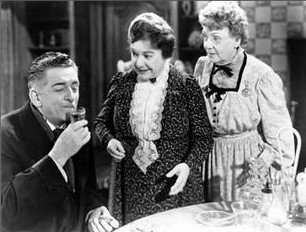 The leading man in the film was Edward Everett Horton who played Ferdinand Fane, a detective from Scotland Yard. His career started slowly in the silent films, and actually gained steam in the talking films, his last role being in the Dick Van Dyke film Cold Turkey (1971). The role I remember him from is when he played Mr. Whitherspoon in the classic film, Arsenic and Old Lace (1944) – great film! 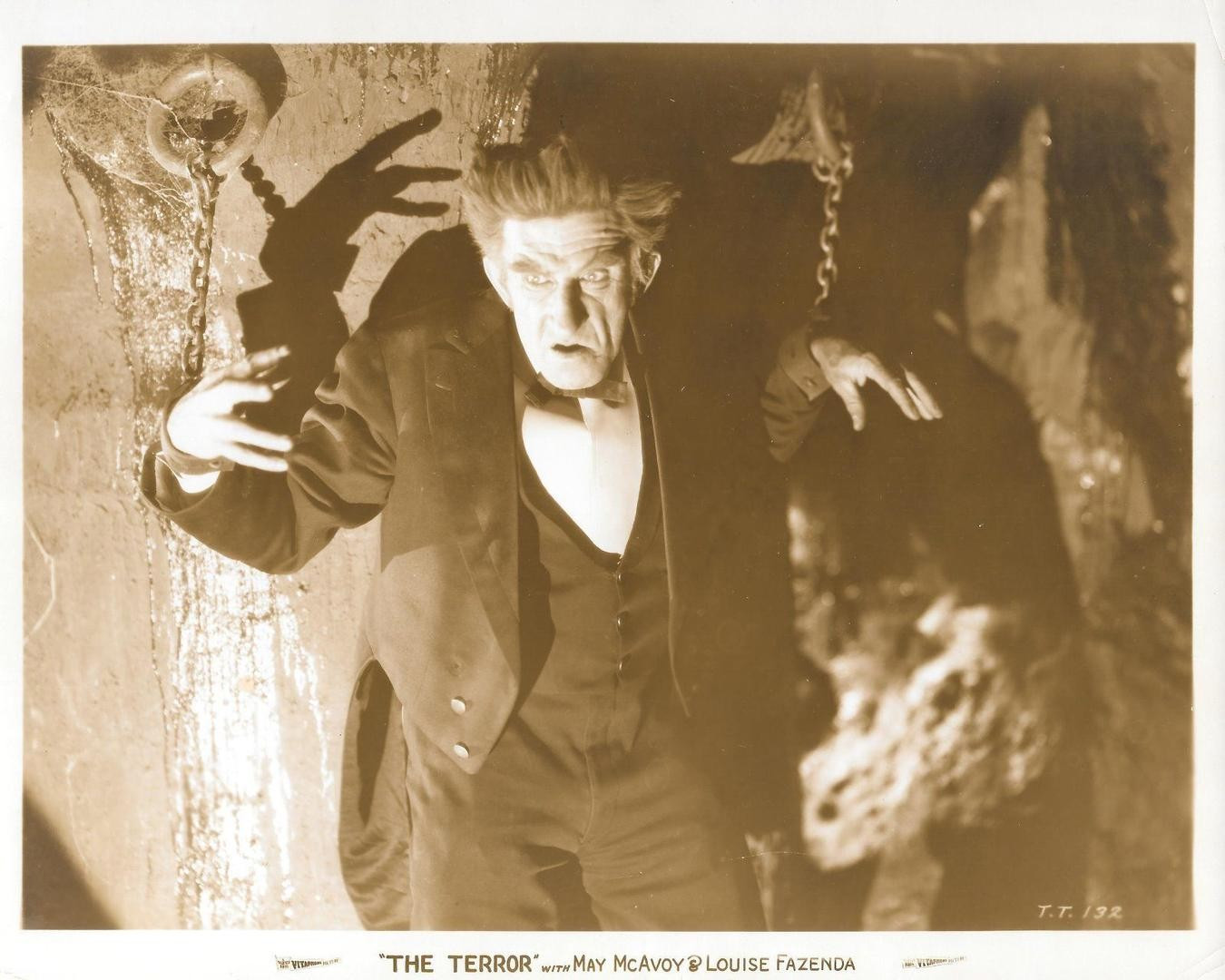 The Terror The Terror (1928) received mixed reviews with The New York Times commenting, “The Terror is so bad that it is almost suicidal. They claim that it is monotonous, slow, dragging, fatiguing and boring, and I am not sure that I do not in large measure agree with them.” (November 18, 1928). Still, people flocked to the film, like most horror films, wanting to be scarred. The film-goers apparently liked it enough for it made $1,464,000 and only cost $163,000 to make. 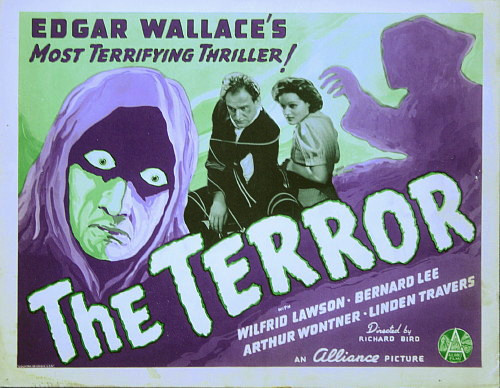 A sequel of sorts was made in 1934 titled, The Return of the Terror (1934) starring actress Mary Astor and it was remade in England in a 1938 release by the same original title, The Terror. Interestingly, the remake co-stars Bernard Lee, “M” from the old Sean Connery James Bond films. |
|